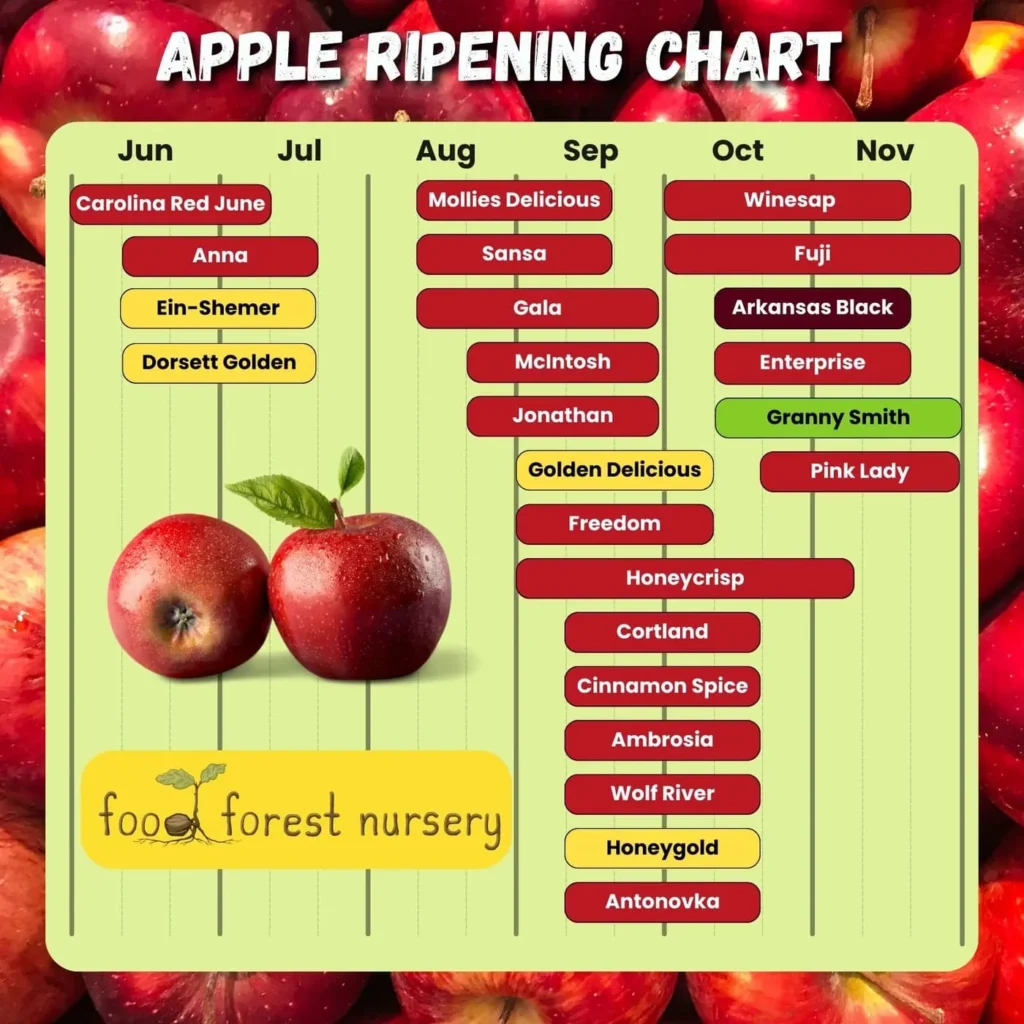
Are you wondering if those crisp, green apples will ever turn a vibrant red as they ripen? The answer isn’t always a simple yes or no. While some apple varieties famously transition from green to red, others remain steadfastly green even when fully ripe. The color of an apple is determined by a fascinating interplay of genetics and environmental factors, primarily sunlight exposure during growth. This article will delve into the world of green apples, exploring their diverse varieties, ripening process, and the role sunlight plays in determining their final hue.
This comprehensive guide will first introduce you to the different types of green apples available. We’ll then examine the natural ripening process and how it affects color development. Next, we’ll shed light on the crucial role sunlight plays in influencing an apple’s color. We’ll also discuss the phenomenon of a red blush appearing on some green apples as they ripen. Finally, we’ll explore various factors that can influence the color change in apples, providing you with a deeper understanding of this intriguing fruit.
Green Apple Varieties
The world of apples boasts an astonishing array of varieties, each with its unique characteristics, including color. Green apples are no exception, encompassing a diverse range of cultivars known for their tartness, crispness, and refreshing flavor. Some popular green apple varieties include:
- Granny Smith: Arguably the most famous green apple, Granny Smiths are renowned for their vibrant green skin, firm texture, and tart flavor. They are incredibly versatile, enjoyed fresh, in pies, salads, or even as a base for cider.
Crispin (Mutsu): This large, sweet-tart apple has a distinctive yellow-green skin that often develops a slight blush of red when ripe. Crispins are known for their juicy flesh and excellent flavor, making them a popular choice for both eating and baking.
Golden Delicious: While technically classified as a yellow apple, Golden Delicious apples often exhibit a greenish hue, particularly when young. They have a sweet, mellow flavor and a soft, buttery texture, making them ideal for snacking or using in desserts.
- Pink Lady: This relatively new variety boasts a vibrant pink-red skin with hints of green, giving it a unique appearance. Pink Ladies are known for their crispness, sweetness, and tart undertones, making them a delicious choice for both fresh eating and cooking.
Ripening Process
The ripening process in apples is a complex transformation involving physiological changes that affect color, texture, flavor, and aroma. As an apple matures on the tree, several key processes occur:
- Starch Conversion: During ripening, starches stored within the apple’s cells are gradually converted into sugars, contributing to the fruit’s increasing sweetness.
Cell Wall Breakdown: The cell walls in a ripening apple soften, leading to a change in texture from firm and crisp to softer and more tender.
Pigment Production: The production of pigments like anthocyanins (responsible for red hues) and chlorophyll (giving apples their green color) is influenced by various factors, including genetics and environmental conditions.
- Ethylene Production: Apples produce ethylene gas, a natural plant hormone that accelerates ripening. As the apple ripens, it releases more ethylene, further promoting changes in its characteristics.
Sunlight and Color Development
Sunlight plays a crucial role in determining an apple’s final color. The amount of sunlight exposure during growth directly influences the production of pigments within the fruit.
- Chlorophyll: Green apples owe their vibrant hue to chlorophyll, a pigment that absorbs light energy for photosynthesis. As long as an apple is actively photosynthesizing, it will retain its green color.
- Anthocyanins: These red, purple, and blue pigments are responsible for the reddish hues seen in many apple varieties. Sunlight exposure stimulates anthocyanin production, leading to a more intense red coloration.
Apples grown in sunny conditions tend to develop deeper reds due to increased anthocyanin synthesis. Conversely, apples grown in shaded areas may remain greener as they receive less sunlight for pigment production.
Red Blush on Green Apples
While some green apple varieties retain their green color throughout ripening, others may develop a subtle red blush as they mature. This blushing effect is often seen on apples like the Crispin variety.
The red blush typically appears on the sun-exposed side of the apple, where anthocyanin production is highest due to increased sunlight exposure. The intensity of the blush can vary depending on factors such as sunlight duration and the apple’s genetic predisposition.
Factors Affecting Color Change
Several factors beyond sunlight exposure can influence the color change in apples:
- Variety: As mentioned earlier, different apple varieties have distinct genetic characteristics that determine their final color. Some are genetically programmed to remain green, while others naturally develop red hues as they ripen.
Temperature: Cooler temperatures during ripening can slow down anthocyanin production, resulting in less pronounced red coloration. Conversely, warmer temperatures may accelerate pigment synthesis, leading to a deeper red blush.
Soil Conditions: The nutrient content of the soil can also affect apple color. Adequate levels of phosphorus and potassium are essential for chlorophyll and anthocyanin production, respectively.
- Harvest Time: Harvesting apples at the optimal ripeness stage is crucial for achieving the desired color. If harvested too early, they may retain their green hue; if harvested too late, they may become overripe and lose their vibrant colors.
Conclusion
The question of whether green apples turn red when ripe is a multifaceted one with no simple answer. While some varieties remain steadfastly green, others develop beautiful red hues as they mature. The interplay of genetics, sunlight exposure, temperature, soil conditions, and harvest time all contribute to the fascinating spectrum of colors we see in apples. Understanding these factors allows us to appreciate the complexity and beauty of this beloved fruit even more.
